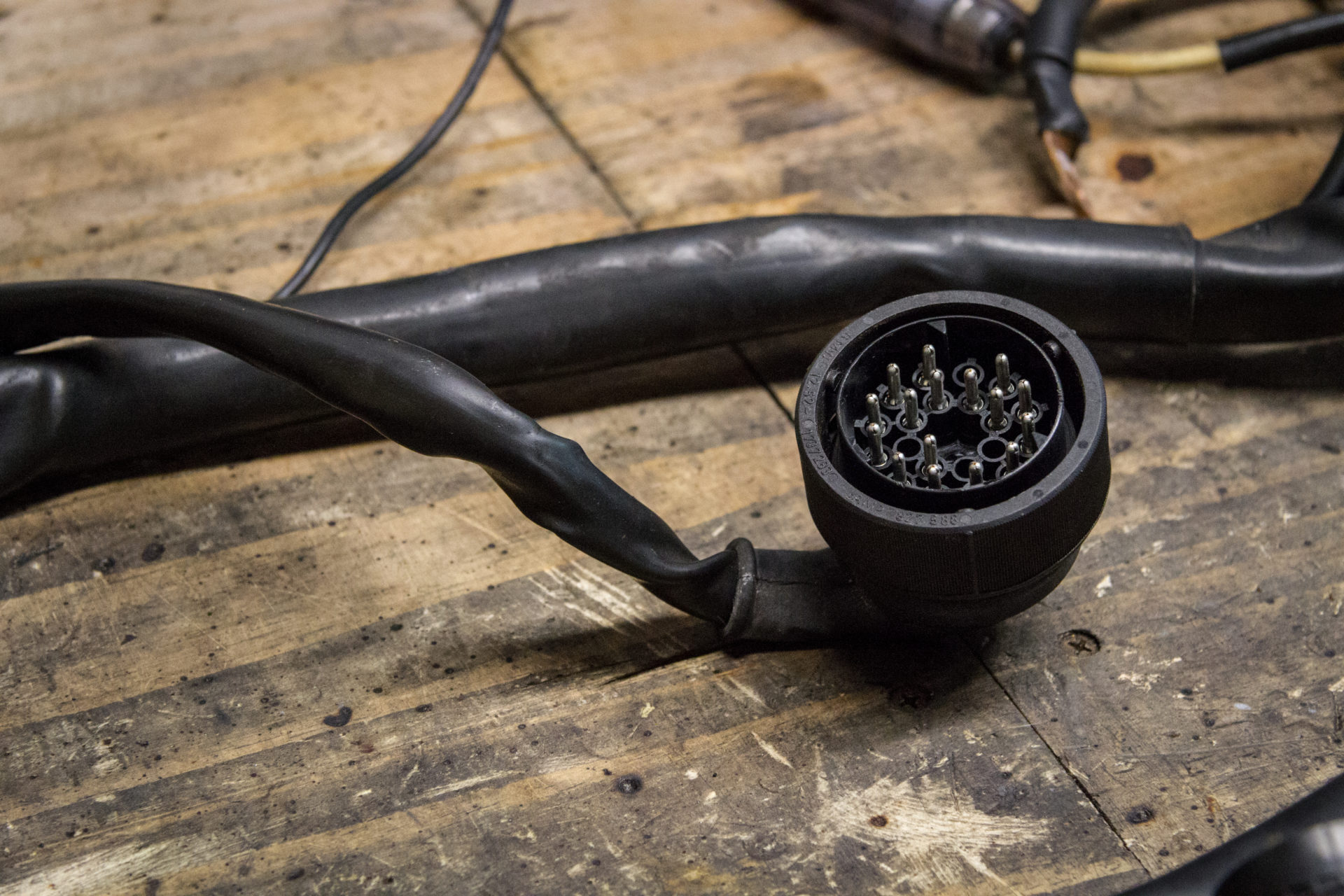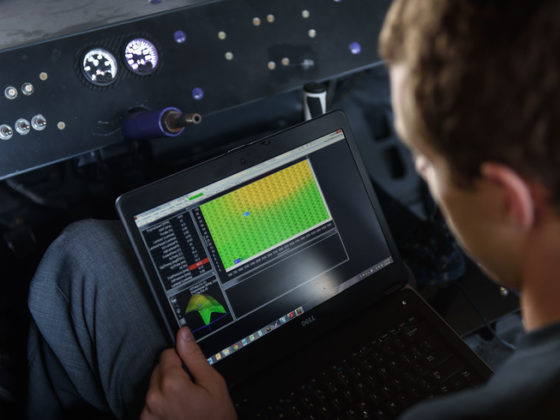




When it comes to crimping, we always use non-insulated butt-connectors. Using non-insulated butt connectors allows you to be a lot more precise with the crimp since you are acting on the metal directly instead of through a nylon condom. Insulated butt connectors also require you to use a “squish” crimp profile, where as if you’re using a raw butt connector you can use the superior “indent” profile. Using a high shrink ratio epoxy lined heat shrink over the connector also completely waterproofs the connection.
When buying butt connectors, you will encounter two types, “open barrel” and “brazed barrel”. Butt connectors are simple stamped steel parts. This leaves them with a seam where the two sides of the original sheet metal merge. The term “brazed barrel” means that the open seam has been brazed shut. You should avoid open barrel connectors as that seam can easily compromise your crimp. You can also get step-down butt connectors which are handy if you need to connect wires of different sizes, or connect multiple wires to one.
A calibrated ratcheting crimper with an indent crimp head is a must. An automatic wire stripper with a length stop is also useful as it allows you to achieve the same stripped wire length every time, which is critical for a quality crimp.




1 comment
Awesome project!!! Im working on my wiring harness now. By any chance do you still have the pinouts from the engine harness?? I could really use some help lol